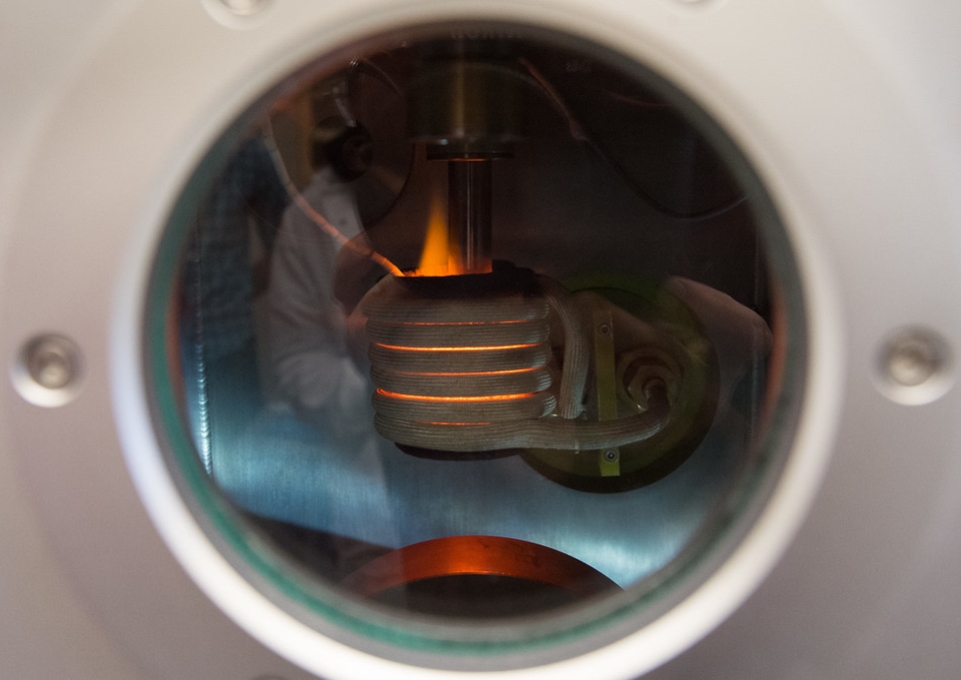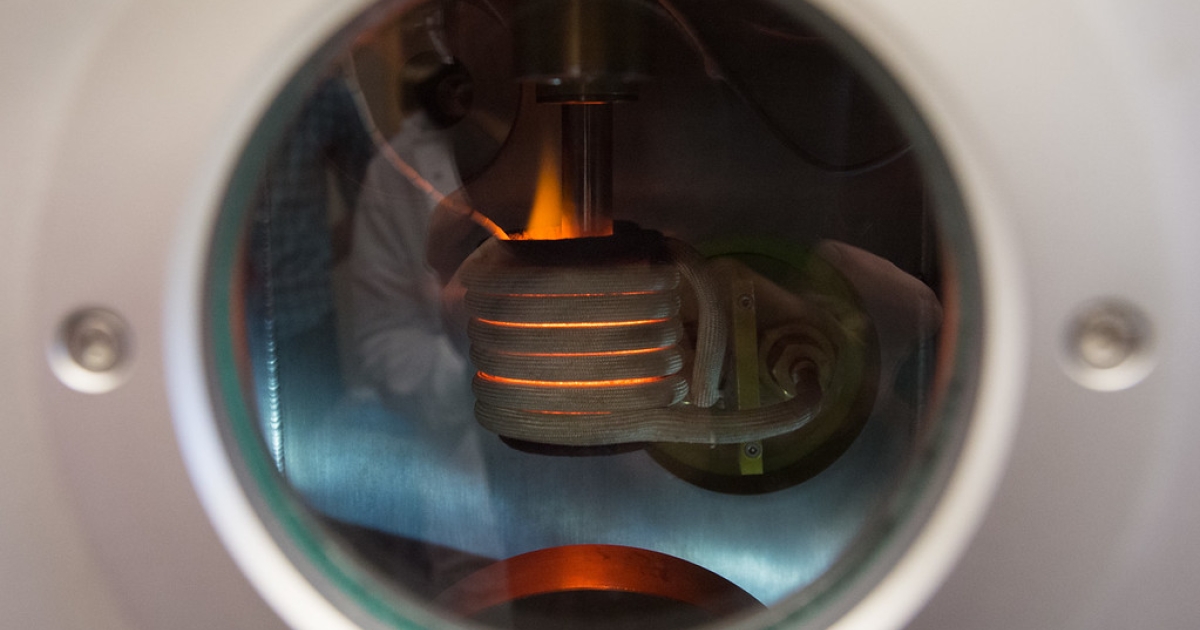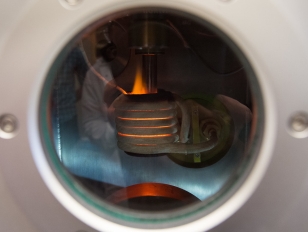
The future of technology lies in quantum materials, says Arjun K. Pathak, Buffalo State College assistant professor of physics, who was recently awarded a $249,934 grant from the National Science Foundation to further study those materials and develop an understanding of their properties.
Those materials, which contain rare-earth metal—one of the elements from the group of 17 metals from lanthanum to lutetium in the periodic table—are vital to the development of emerging technologies like quantum computing, clean energy, and breakthroughs in the defense industry, he said.
The grant will allow Pathak to synthesize and examine the properties of quantum materials while providing Buffalo State students, especially underrepresented minorities, women, and first-generation college students, with hands-on research opportunities.
“This federal grant is very competitive,” he said. “They support with the fund those who have innovative ideas.”
Students working in Pathak’s lab presented their work at the 2022 SUNY Undergraduate Research Conference (SURC) in April. From left: Christopher Burgio (Physics), Noah Kramer (Electrical Engineering Technology), Joseph O’Connell (Electrical Engineering Technology), Cora Kubiak (Physics), Jacob Casey (Physics), Christopher Hanley (Physics), and Arjun Pathak.
Pathak is also the associate director of the new Center for Integrated Studies in Nanoscience and Nanotechnology at Buffalo State, where he focuses on the design, discovery, and understanding of novel magnetic materials.
Quantum materials are solids with exotic physical phenomena that often result from strong electron correlations and possess unique properties including superconductivity, magnetic orders, and topological insulators, Pathak said. It’s important to understand the properties these materials possess, in order to use them for various applications.
“Quantum materials are very important for developing high-speed devices, like quantum computers,” Pathak said. “Right now, the silicone-based systems are hitting the end of their limitations in several applications. There are a lot of opportunities in quantum materials right now.”
The title of the grant, “Tailoring Magnetic Topological Phases in Rare-Earth Based Kagome Materials,” refers to the work Pathak and his students are doing to examine the properties that some of the quantum materials, like kagome metal, possess.
“We are trying to tune the chemistry of the materials so we can achieve exotic physical properties,” he said. Discovering and tuning the strongly electron-correlated materials are fundamentally important for basic science and from the perspective of future quantum computation and other energy-related applications, he added. Basic science does not mean “simple”; it means foundational to the understanding of materials that can lead to groundbreaking discoveries.
Pathak has a number of students working with him on the project through the Undergraduate Research Office. Students who work with Pathak are often coauthors on peer-reviewed articles that come out of the research projects, an impressive addition to any résumé, especially at the undergraduate level. Pathak, along with his collaborators, has recently published the preliminary work of the magnetic quantum materials in Physical Review Materials; two Buffalo State undergraduate students are coauthors on the article.
Pathak said he’s hoping to expand the program and look for larger-scale funding support.
“That’s the goal,” he said.
Junior Christopher Hanley is a physics major working with Pathak. He researched and built a series of crystals focused on the properties of the materials at the quantum level. The crystals are currently in the measurement stage of the process but show promise, he said, calling his research “cutting-edge science.”
“It’s been going very well,” he said of the research opportunity. “Dr. Pathak goes out of his way to teach, even in the lab environment. Understanding the process of how research is approached and executed has been interesting and informative. As I progress in science, having a grasp on how to frame questions and ideas with some structure to begin the search for answers will be very useful. I’ve learned as much, or more, from participating in the research as I have from any of the classes I’ve taken.”
Noah Kramer is a junior electrical engineering major with a physics minor who has received a 2022 Undergraduate Summer Research Fellowship for working in the synthesis and characterization of multifunctional magnetic materials.
“We’re trying to find novel properties by making different alloys using suction casting and crystal growth methods,” he said.
Kramer said he enjoys doing hands-on research.
“We’re actually making stuff and seeing it to fruition,” he said. “It feels like you accomplish something at the end of the day.”
Photos by Buffalo State College Creative Services. Photo of students courtesy of Arjun Pathak.



